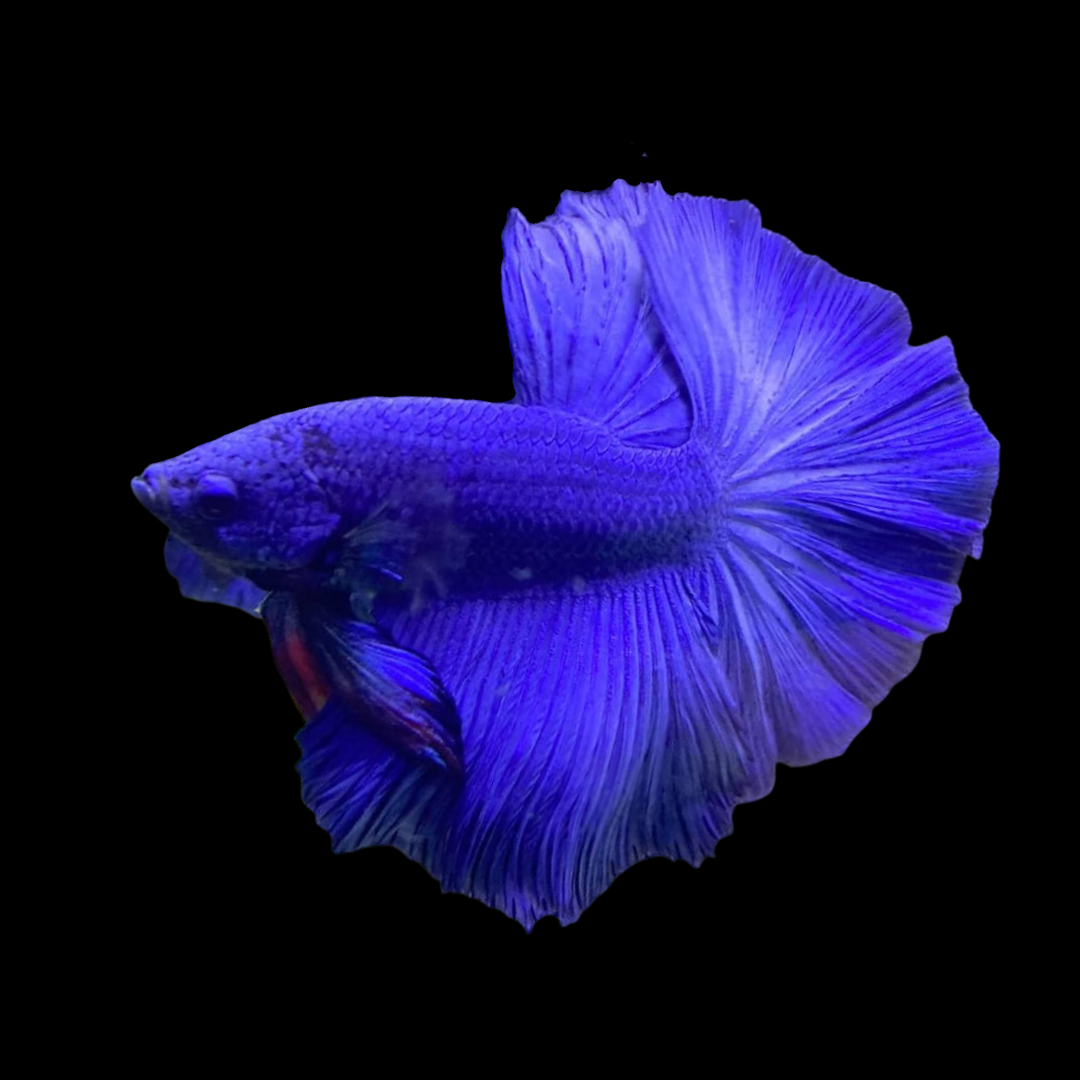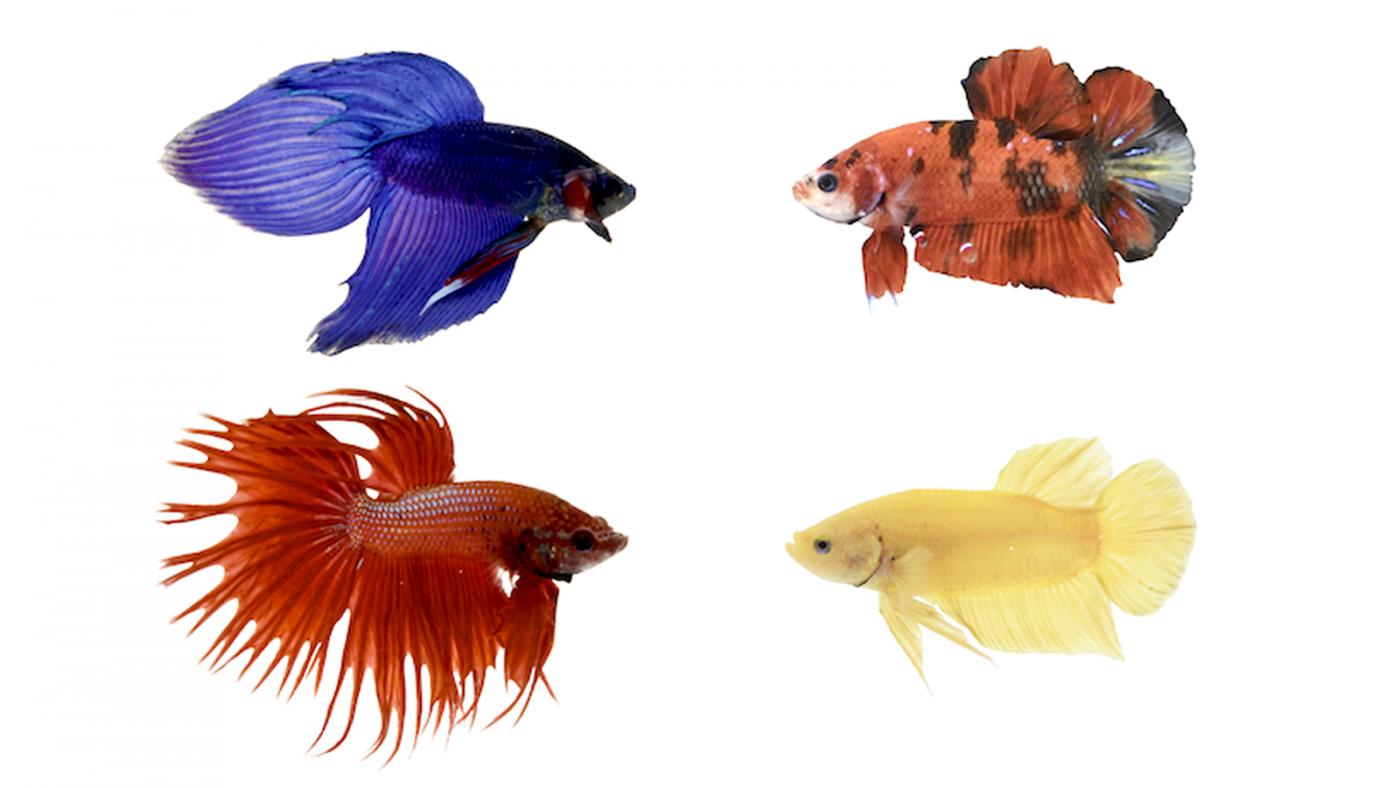Comprehending Betta Fish Behavior: What Every Owner Needs To Know
Comprehending Betta Fish Behavior: What Every Owner Needs To Know
Blog Article
Everything About Betta Fish: Understanding Their Special Needs, Behavior, and the very best Practices for Ideal Treatment
Understanding the one-of-a-kind requirements and actions of Betta fish is necessary for any kind of aquarist aiming to supply ideal treatment. These captivating animals, belonging to the cozy waters of Southeast Asia, display distinct territorial propensities and require specific ecological problems to flourish. From picking the right storage tank dimension to acknowledging prospective wellness concerns, different variables considerably influence their health. As we explore these elements further, the implications for both novice and seasoned fish caretakers come to be increasingly noticeable, elevating concerns about exactly how ideal to accommodate these exceptional fish in our homes.
Betta Fish Review
Although usually admired for their dynamic shades and streaming fins, Betta fish, scientifically understood as Betta splendens, are intricate animals that require specific like grow. Originating from Southeast Asia, these freshwater fish are recognized for their territorial nature and unique habits. Betta fish show sex-related dimorphism, with males presenting a lot more brilliant shades and longer fins than women.
Their hostile tendencies, specifically amongst males, require careful consideration when housing them. Bettas are typically kept in single-specimen containers to avoid territorial disputes. Nonetheless, they can exist together quietly with particular suitable varieties in bigger community storage tanks, offered the atmosphere meets their requirements.

To make sure ideal care, aquarists should comprehend their unique behavioral traits, dietary requirements, and habitat needs. betta fish. With appropriate focus, Betta fish can exhibit their lively personalities and prosper in a well-maintained aquarium setup
Natural Environment and Atmosphere
Betta fish flourish in a varied series of all-natural environments, mainly found in the shallow waters of Southeast Asia, consisting of rice paddies, swamps, and slow-moving streams. These atmospheres are identified by cozy temperatures, typically between 75 ° F and 82 ° F(24 ° C and 28 ° C ), and a pH level ranging from 6.5 to 7.5, which is ideal for their health and wellness and wellness.
In their all-natural environments, Betta fish are accustomed to thick vegetation, providing both sanctuary and reproducing grounds. The visibility of plants such as floating water lilies and thick lawns not only uses defense from killers but also adds to the oxygenation of the water, which is important for their breathing demands. Furthermore, these settings often have areas of still water, permitting Betta fish to exhibit their all-natural habits such as bubble nesting.
Understanding the natural habitat of Betta fish is crucial for fish tank lovers. Duplicating these problems-- through water temperature, pH balance, and the incorporation of real-time plants-- can dramatically boost the general health and wellness and longevity of these fascinating fish, ensuring they thrive in a home fish tank setup.
Social Actions and Communications
Understanding the social this page habits and communications of Betta fish is necessary for successful aquarium administration. Betta fish, or Siamese combating fish, are understood for their distinct behavior attributes, characterized mainly by territoriality and aggression. Males, in specific, display very hostile actions in the direction of one an additional, leading to the infamous credibility of Betta fish as competitors. In web link a constrained room, 2 men can take part in terrible confrontations, typically causing injury or death.
On the other hand, female Bettas exhibit less aggressive actions and can coexist in teams, understood as sororities, if presented appropriately. However, it is critical to monitor their interactions carefully, as hierarchy and supremacy can bring about conflicts. Understanding the dynamics within a Betta neighborhood is essential; developing hiding areas and ensuring ample room can alleviate aggressiveness.
On top of that, Betta fish may also show interest and social actions in the direction of other types. While they can exist side-by-side with specific non-aggressive storage tank friends, it is necessary to pick compatible types to prevent stress and aggression. Generally, recognizing these social communications is key to promoting an unified aquarium setting for Betta fish.
Important Treatment Standards
Offering proper look after Betta fish is essential to their wellness and health. To guarantee a thriving environment, it is vital to preserve ideal water problems. The water temperature need to be kept between 76 ° F and 82 ° F(24 ° C to 28 ° C), while pH degrees should range from 6.5 to 7.5. Normal water changes-- approximately 25% weekly-- help maintain water high quality.
Betta fish call for an ideal container dimension; a minimum of 5 gallons is advised to offer appropriate room for swimming and hiding. Include decorations and plants to develop a stimulating setting, but stay clear see this website of sharp things that can damage their fragile fins.

Last but not least, ensure the tank is equipped with a filter to maintain the water clean, however make use of a gentle filter to avoid solid currents that can emphasize the fish. By following these important care guidelines, owners can promote a healthy and balanced and lively Betta fish.
Common Wellness Issues and Solutions
In the treatment of Betta fish, recognition of usual health issues is necessary for preserving their health. One common concern is fin rot, commonly brought on by inadequate water quality or microbial infection. Signs include frayed or stained fins. To treat fin rot, improve water problems and take into consideration making use of a broad-spectrum antibiotic.
One more usual condition is ich, a parasitic infection characterized by white spots on the fish's body (betta fish). Therapy involves raising water temperature level and adding fish tank salt to the storage tank, as this can assist remove the bloodsucker
Swim bladder condition is additionally frequently observed, resulting in buoyancy problems. This problem might occur from overfeeding or irregularity. A fasting period of 24-48 hours, adhered to by a diet plan of blanched peas, can offer alleviation.
Finally, bettas may endure from velour disease, suggested by a gold dust-like appearance on their skin. Therapy typically needs drug particularly designed for exterior parasites, alongside improved tank hygiene.
Routine surveillance of water criteria, maintaining a tidy environment, and offering a well balanced diet plan are important safety nets. By attending to these wellness problems promptly, Betta fish can lead healthier, a lot more lively lives.
Final Thought
In summary, effective betta fish treatment requires an understanding of their special demands and actions. Normal tracking of health and water top quality, along with a balanced diet, contributes to the longevity and vibrancy of betta fish.
Report this page